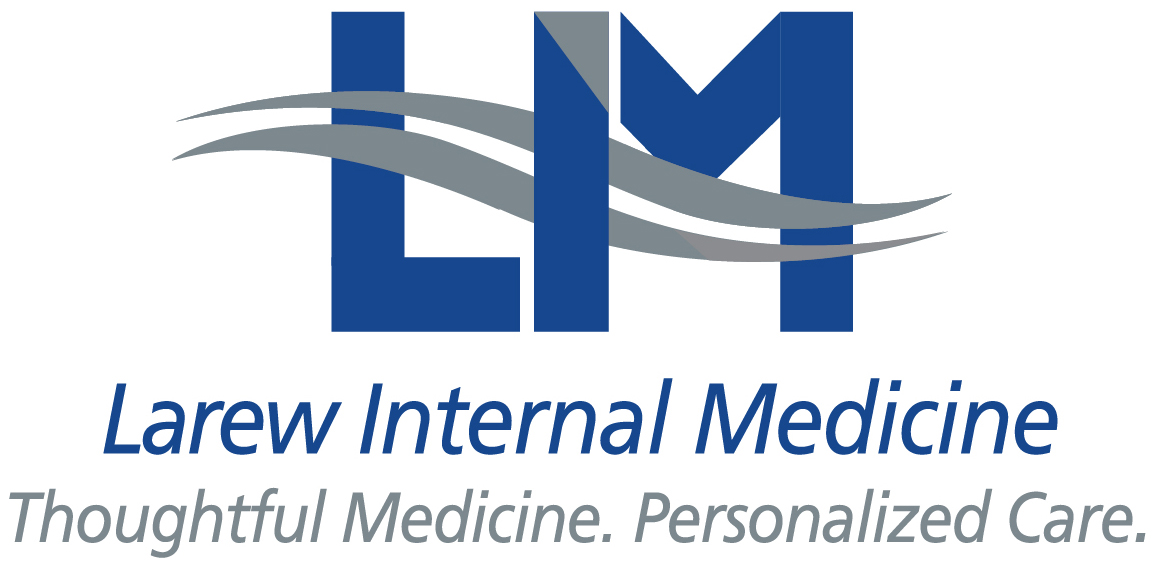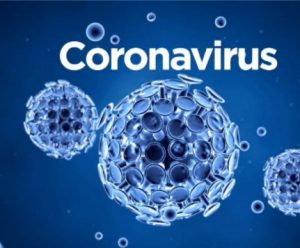COVID-19 Vaccine Update
The first round of COVID-19 Phase 3 clinical trial results are being reported and they are most encouraging. The Pfizer-BioNTech partnership reported an efficacy rate greater than 90%. This is higher than the efficacy rate of seasonal influenza vaccines which are typically in the range of 50-70%. I have been bullish on the likelihood of a good COVID-19 vaccine and this report supports my hope and belief that we are going to have at least one, if not more than one good vaccine in the near future. I do not know how soon that “near future” is going to be and there are many steps between this good report and the vaccine actually being administered to members of the public.
Let me review why I am both hopeful and confident.
1st–On a national level, over the last 20-30 years, I do not think we have given sufficient time, incentives and resources to the improvement of current vaccines and the development of new ones. I think there are opportunities here for innovations in technology and applications of basic science to the realm of vaccine medicine.
2nd–In terms of a COVID-19 vaccine we are moving forward with multiple approaches, techniques and platforms rather than placing all our bets on one option only. Each of the approaches are utilizing different theories, technologies, strategies and partnerships and each has potential benefits if they are successful.
3rd–As we move forward with the development of these multiple candidate vaccines I do not believe the science has been compromised: the criteria for safety and efficacy have been raised. Historically 3,000 people were involved in these types of clinical trials and now each separate COVID-19 vaccine candidate has 30,000-60,000 people involved. Additionally, in the past only healthy people would participate in the trials: now, with intention, we are including both sexes, all races and ethnicities, young and old, people with respiratory issues and heart problems, diabetics, hypertensives and the obese. Our hope is to both establish efficacy and also to identify potential problems or side effects of each vaccine. We may also be able to identify subgroups that may be less or more likely to benefit from any one particular vaccine.
4th–The compression of time to develop the vaccines has not been at the expense of the science, but rather by a compression of the bureaucratic time that needlessly slows the process of development.
As we move forward there are going to be many tough questions both to ask and answer as well as problems to be addressed and solved. Talk and contemplation alone will not be sufficient because COVID-19 is not standing still. We must make these decisions and then take action to implement them. Consider only a few of these issues:
#1. Prioritization of who is first and second in line to get the vaccine may not be too difficult, but what about third, fourth and fifth?
#2. If multiple vaccines are shown to be safe and efficacious, how are we going to decide which vaccines we are going to use. For example, will it be by patient subgroups, or perhaps geographic areas, or who has the freezers to safely store the vaccine at very, very low temperatures such as minus 60-80 degrees celsius?
#3. Each year only 50% of people in the USA get the flu shot. It is safe and efficacious. Various surveys report that up to 50% of our populace will not get the COVID-19 vaccine. This may have some significant social and perhaps legal implications. Although we do have laws requiring childhood immunizations, it seems unlikely that there will be any laws written requiring COVID-19 vaccination. How will we address issues and potential conflicts that develop between those who are fearful both of COVID-19 and the vaccine who may want everyone to continue masks, social distancing, and restrictions of social and business activities, versus those who get the vaccine and want a quicker return to normal?
#4. Who is going to do the record-keeping of who got which vaccine and when? Who is going to ensure that a person comes in for the second shot if they get the two-shot series? Our public health workforce is currently overwhelmed and I am not sure they can do this. Who is going to have the conversations with that large group of people who are uncertain about whether or not they want to get the vaccine and quite reasonably want to ask questions and think about the answers before they decide?
Just this shortlist of medical, ethical, and logistical questions can quickly become exhausting. I do believe we are very close to a safe and efficacious COVID-19 vaccine. I do not believe these new vaccines are going to “get us back to normal”, but I do believe they can get us to a “new normal” and it could be much sooner than most people think.
At Larew Internal Medicine we are going to continue to provide regular updates in terms of our Blogs on our website, our LarewInternalMedicine 225 videos, and our Facebook Live series. We are communicating with colleagues and administration at Mercy Hospital as well as local business leaders to try to proactively address issues and problems that are likely to arise.

